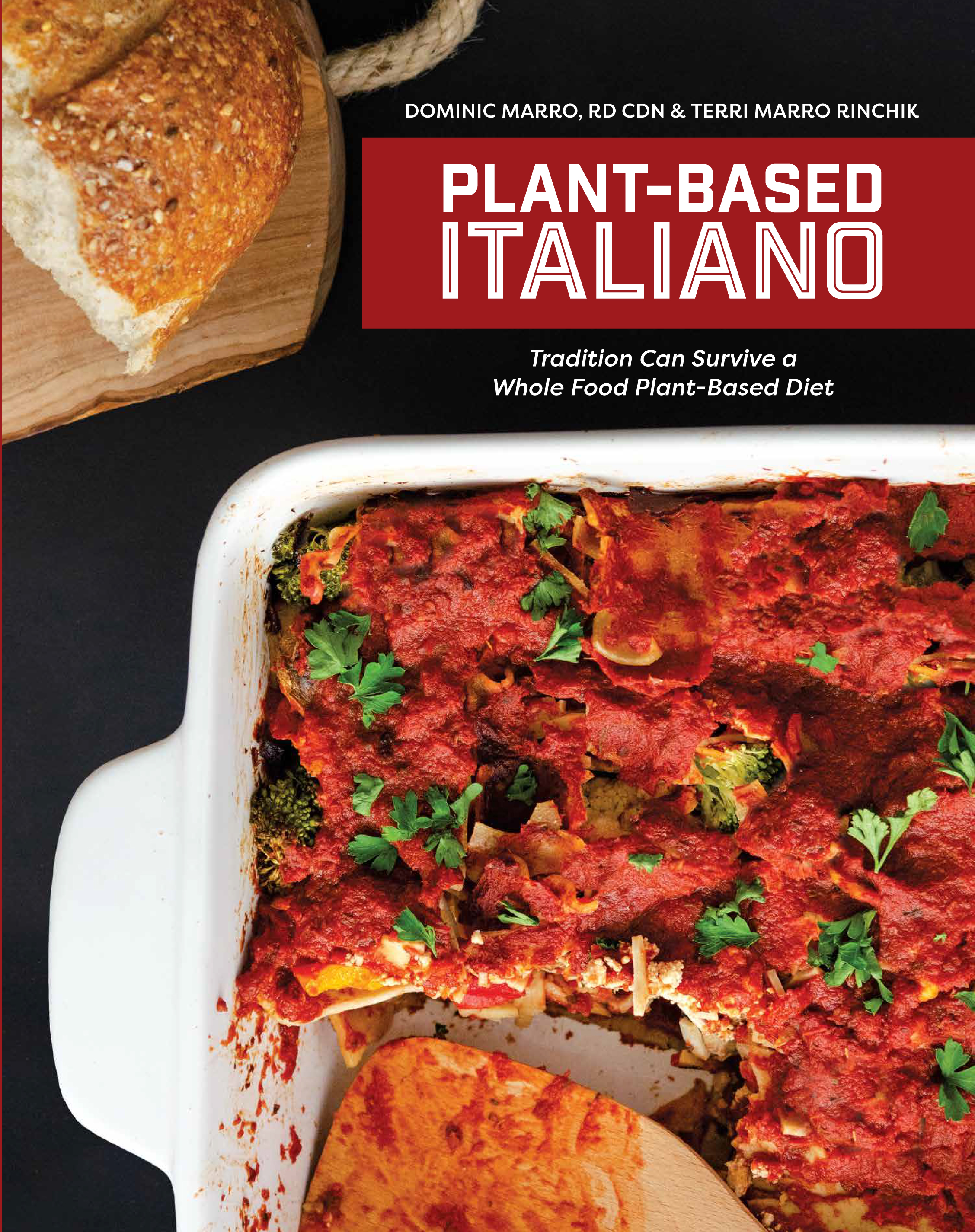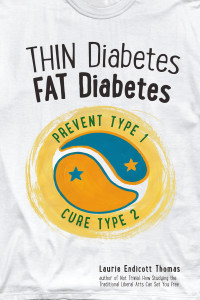Label Reading (Jeff Novick RD)
FAT
Amount of Fat – Daily Requirement is only – ~ 3-5% of total calories from Essential Fatty Acids
In America, the avg. is ~ 35% of total calories from fat! THIS IS WAY TOO MUCH!
Recommended ranges
Low-fat camp – ~ 10% of total calories (Ornish, McDougall, Esselstyn)
High-fat camp > ~ 30% (AHA, AND, NHLBI, USDA)
Jeff Novick’s Healthy Guideline for Fat – 20% or less for packaged products (This is between the low-fat and high fat camp numbers.)
Watch Type of FAT
Check ingredient list and avoid:
Saturated animal fat (lard, dairy( butter, cheese, milk, yoghurt, sour cream, whipped cream and ice cream) chicken , turkey, meat, fish, and eggs.
Saturated vegetable fat (coconut oil, palm oil, palm kernel oil, cocoa butter
Man-made fat – Hydrogenated and partially hydrogenated oils, margarine, shortening
Sodium
Daily Requirements National Academy of Sciences
Our physiological need is ~ 250 mg per day
Just meeting our caloric requirements with fruits and vegetables provides 500 mg. of sodium
The Avg. US intake is 3000-5000 mg!!
Recommended ranges (IOM) 2013
Upper Limit (UL) is 2300 mg per day for most healthy Americans ages 9 – 50
Upper Limit (UL) is 1500 mg per day for people age 51 and over, African Americans, people with Diabetes, Hypertension and Chronic Kidney Disease
90% of Americans exceed UL
Try to eliminate the salt shaker because 1 teaspoon of salt has 2200 mg of sodium
1 teaspoon of sea salt is not much better. It contains 2000 mg sodium
Jeff Novick’s Healthy Guideline for Sodium = 1200 – 1500 mg per day
Where’s the Salt
Home cooking 5%
While eating 5%
Naturally Occurring 12%
Processed and restaurant foods 77%
Sodium Density
When reading labels, look for a Sodium / Calorie ratio of 1:1 or less.
E.g. – if serving is 100 calories – no more than 100 mg sodium per serving
Near East Original Couscous = 220 Calories and only 5 mg Sodium per serving for an excellent Sodium/Calorie ratio of 0.02:1.
Near East Couscous Tomato Lentil = 220 Calories and 670 mg Sodium for a lousy Sodium/Calorie ratio of 3:1!
Exception to the recommended 1:1 Sodium/Calorie ratio.
Condiments can have a Sodium/Calorie ratio of up to 5:1 because you shouldn’t be consuming too much at a sitting and it’s hard to find condiments that meet the guidelines.
Read the Nutrition Facts on the Back of the Label!
Sugar – Setting Limits
Preferred source of fuel for the body:
Carbohydrates/Sugar
Body also burns fat pretty regularly
Glucose is the primary fuel source for the brain (brain cannot burn fat)
Avg human brain burns 500 calories of glucose per day
Sugar is NOT the problem per se – It’s the added sugar (sugar extracted from the whole food)
**Don’t worry about sugar when eaten as part of the whole plant food ( ie. Fruits, vegetables, legumes and whole grains)
There is NO dietary requirement for added concentrated refined sugars
Examples of added sugar found in ingredient lists of foods are:
Sugar, brown sugar, raw sugar, honey, molasses, barley malt, fructose, corn syrup. Brown rice syrup, (Anything with the letters “ose” at the end, i.e. dextrose, maltose, etc…)
A little bit of added sugar is OK
These sugars account for ~ 20% of caloric intake ~ 500 calories per day
~ 145 lbs per person per year!! (A lot is hidden in foods)
Sugar – Evaluating Products
Main concern is added sugars
1 Tablespoon of any sugar is ~ 50 calories
**Nutrition Facts label lists “Total” sugars only
**Not worried about “Total” sugars – ONLY added sugars
Only limit added sugars
Check Ingredient List
Listed in descending order by weight (If sugar is listed first, there is more sugar than anything else)
**Industry Trick**
Multiple sugars are used. This allows each sugar to be listed towards the end of the ingredient list because, individually, each sugar doesn’t constitute a large % of the weight of the product. However, collectively, as added sugar, they would be listed as 1st or 2nd ingredient.
(ex. A food that lists Rolled Oats, honey and brown rice syrup as its first three ingredients may very well contain more sugar than rolled outs if honey and brown rice syrups were counted as one sugar)
**Another trick is removing water from sugar source**
Evaporated Cane Juice or Dehydrated Honey – Weight is reduced, but calorie contribution does not change
Sugar – Healthy Guideline
Avoid added sugars in the first 3-5 ingredients
Carbohydrates
Preferred source of fuel for the body
The problem is refined/processed carbohydrates
White flour, white rice, pasta and sugar account for > 90% of US carbohydrate intake
This is what everyone eats and then they blame fruit for their health problems!!
Processed carbohydrates are stripped of nutrients and become concentrated calories
Avg intake of unrefined (Whole) Grains is < 1 serving per day
Nutrition Facts
Lists total carbohydrates
Check the ingredient list
Must say the word “Whole”
*”Rolled”, “Stone Ground” and “Cracked” represent whole grains
Avoid:
Wheat, white, durum, semolina, bleached, unbleached, artichoke and enriched flours
Fiber – look for > or equal to 3 grams per 100 calories
Review
Never, Ever believe anything on the front of any product
Always check the Nutrition Facts Label
Calories from fat – less than or equal to 20% of total calories
Sodium – 1:1 or less Sodium/Calorie ratio
Check ingredient list
Avoid “Bad” fats
Limit added sugars
Make sure it’s Whole grain
Evaluating Products
Look at total calories and calories from fat
Don’t look at total fat and breakdown of daily value –(confusing)
Evaluate Sodium to Calories ratio
|
Guideline |
Cracker |
|
130 Calories |
130 Calories |
|
Must have 26 calories or less from fat to meet guideline (20% or less of total calories) |
41 (32%) |
|
Must have 130 mg or less of sodium to meet |
370 mg (2.85:1) |
This Cracker is a high fat, high sodium food.
Don’t believe health claims on front of the label!
The front of the label will often state fat % by weight. This is VERY misleading!!
**All health guidelines ask you to limit fat as a percentage of total calories
Advertisers often fool folks by claiming “low fat %” by weight.
(eg. 2% milk is 2% fat by weight, but 34% of total calories from fat)
**Industry Trick**
PAM – if serving size is less than ½ gram – can round down to zero
I Can’t Believe It’s Not Butter spray advertises no calories!
Mazola PURE – Naturally Fat-Free Olive Oil – ¼g serving size (It’s pure fat!)
Although our % of calories from fat dropped from 35% to 33% between 1989 -1996, Americans are eating slightly more fat
REASON – Eating more Calories
1989 – 1839 calories/day – 72 g of fat = 35%
1996 – 2005 calories – 74 g of fat = 33%
Good Items
Kauli Hearty Thick Crisp Bread
Tabatchnick Low Sodium Split Pea Soup
Eden Rice and Beans
Walnut Acres – Low Sodium Fat-Free Tomato and Basil Sauce
Casa Visco Fat-Free Tomato Sauce
In Summary
Focus on eating unprocessed whole natural foods
Increase fresh fruits and veggies, whole grains, starchy vegetables, beans
Eat lots of fresh/frozen produce (nothing added)
Limit packaged and processed foods
If You Buy Packaged products:
Calories from fat should be less than or equal to 20% of total calories
(No more than 2.5 grams of fat per 100 calories)
Sodium/Calories ratio should be 1:1 or less
Always check ingredients
Avoid the bad fats (Trans, animal and tropical)
Limit added sugar
Look for whole grains






 E Excerpt from Laurie Endicott Thomas’s amazing book Thin Diabetes – Fat Diabetes by clicking here!
E Excerpt from Laurie Endicott Thomas’s amazing book Thin Diabetes – Fat Diabetes by clicking here!
Speak Your Mind